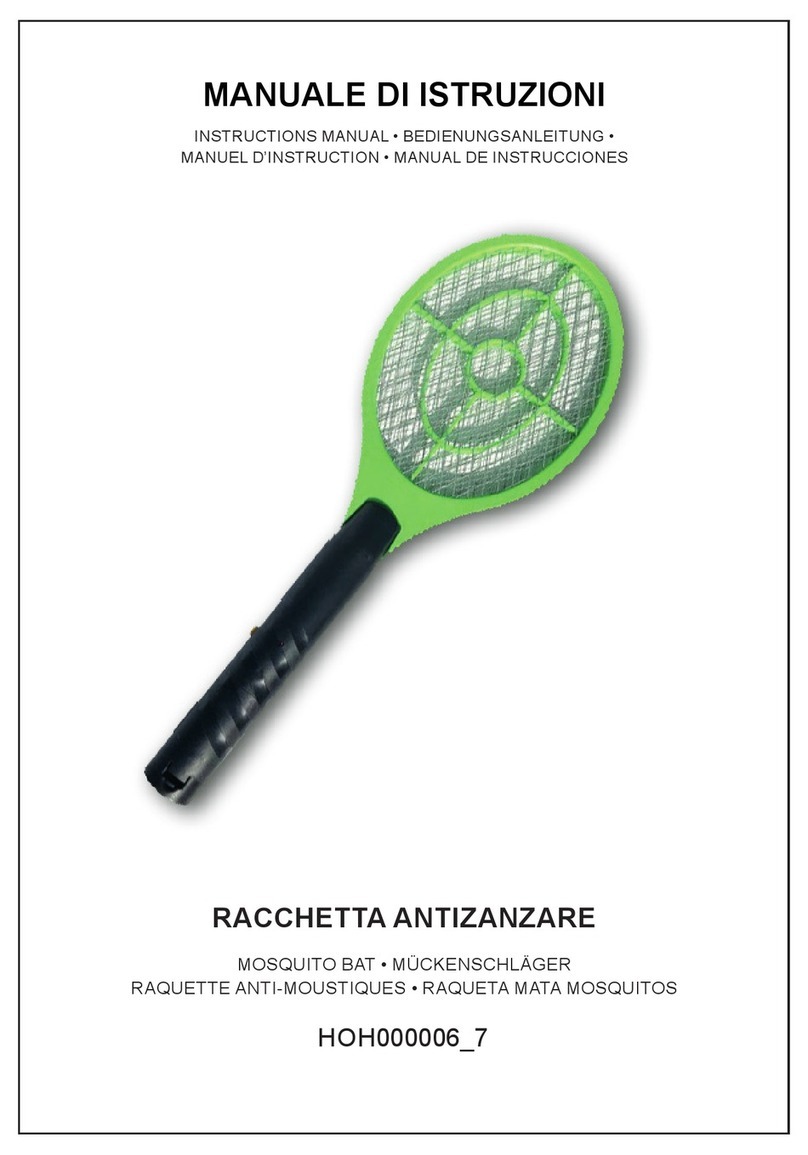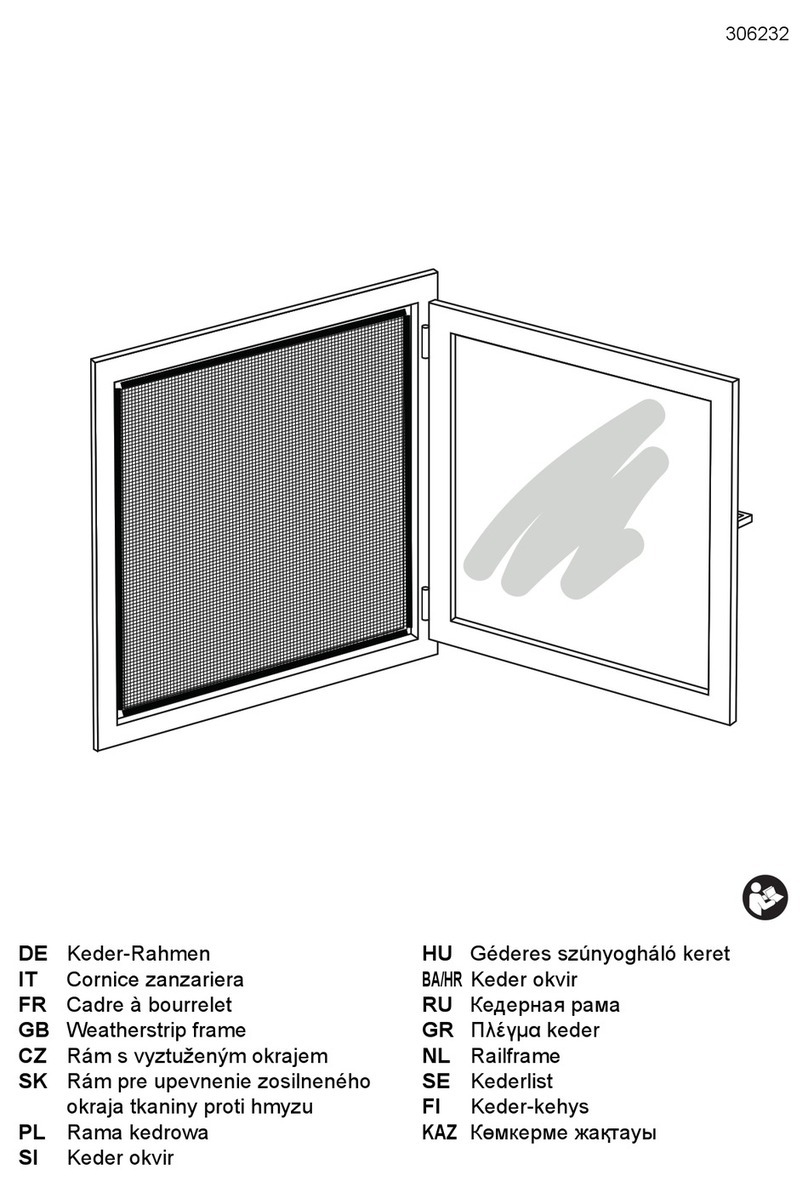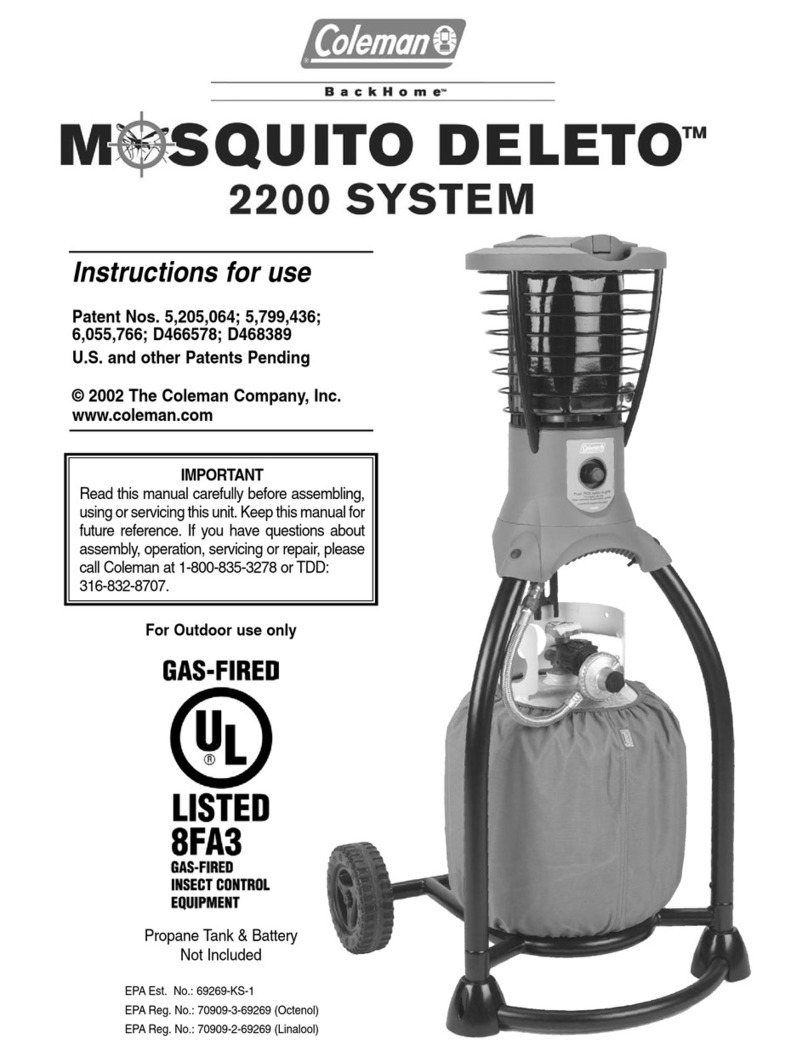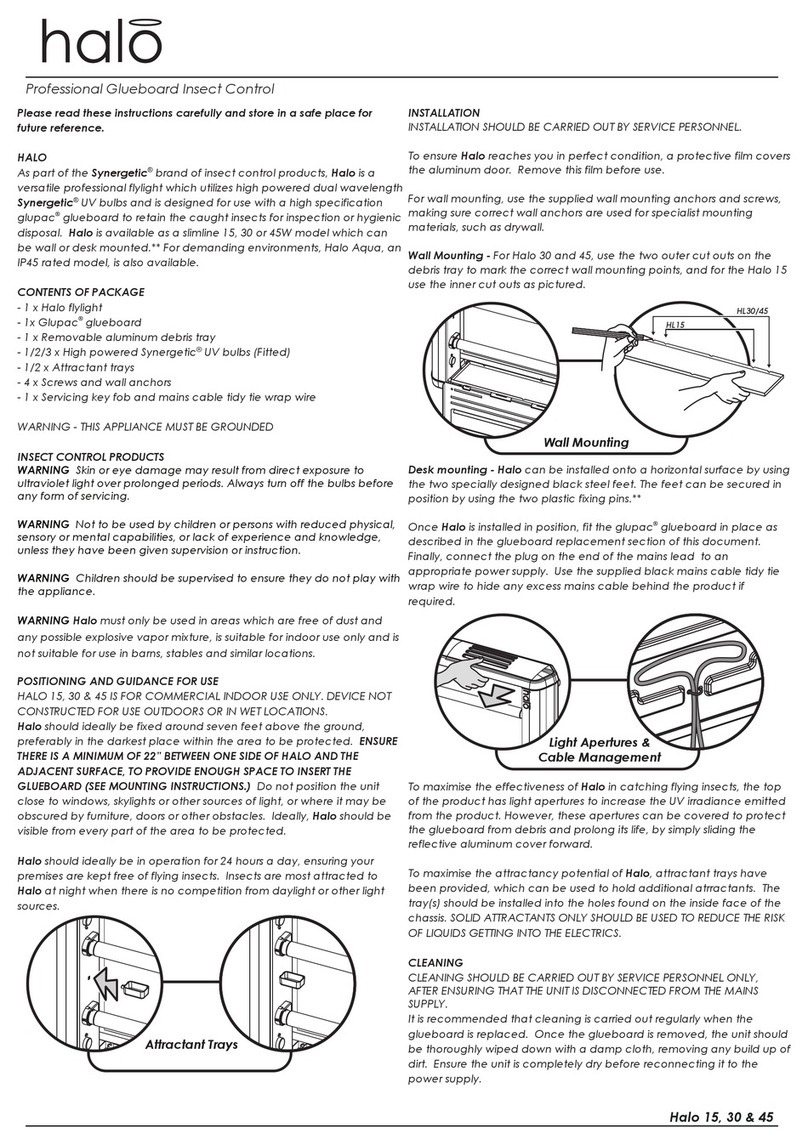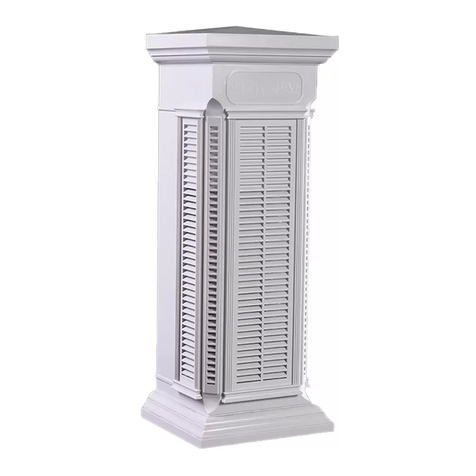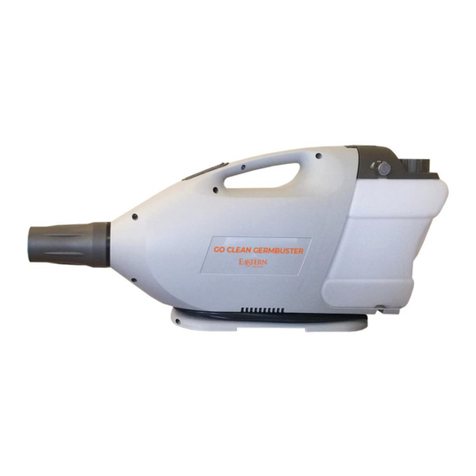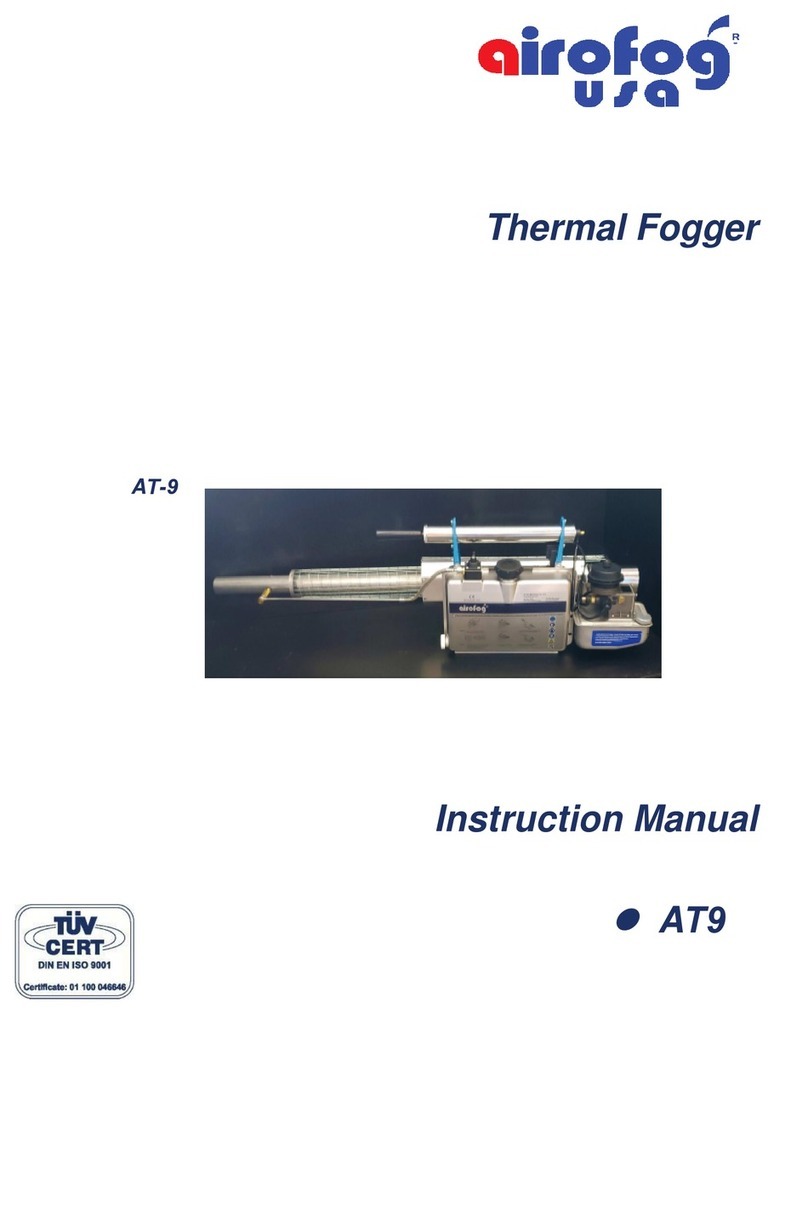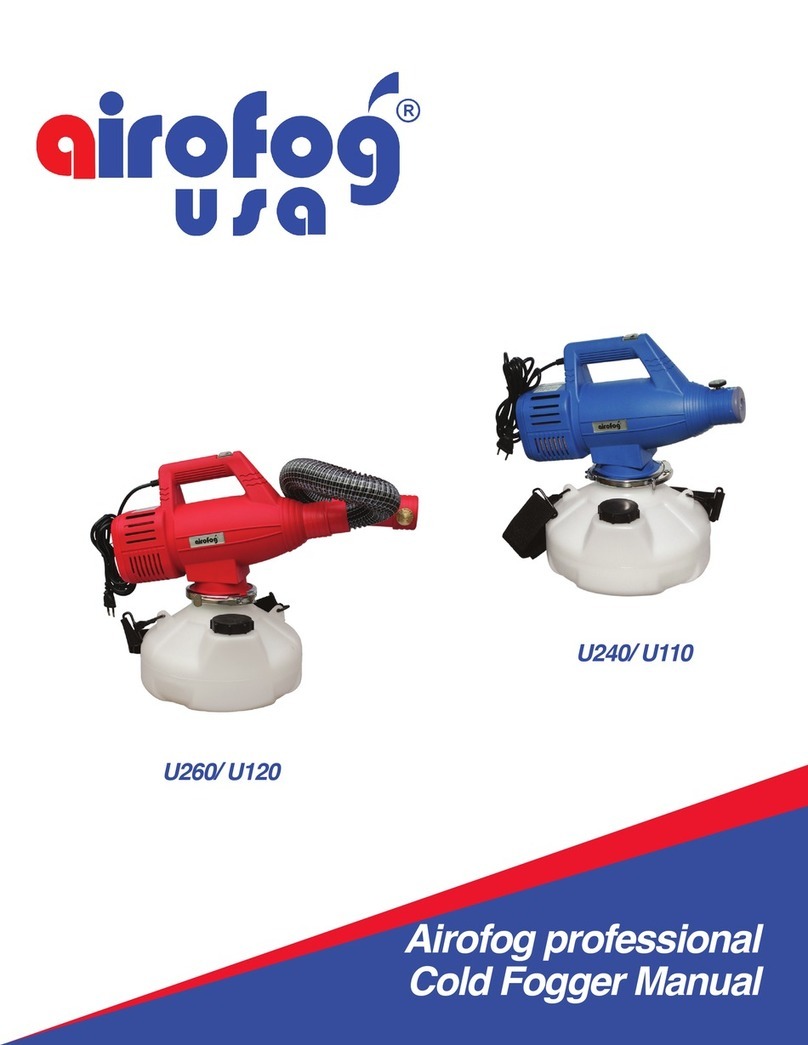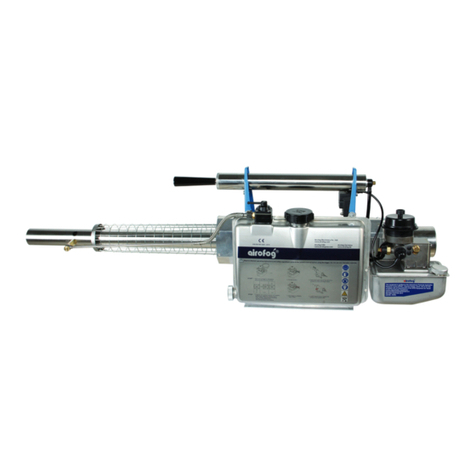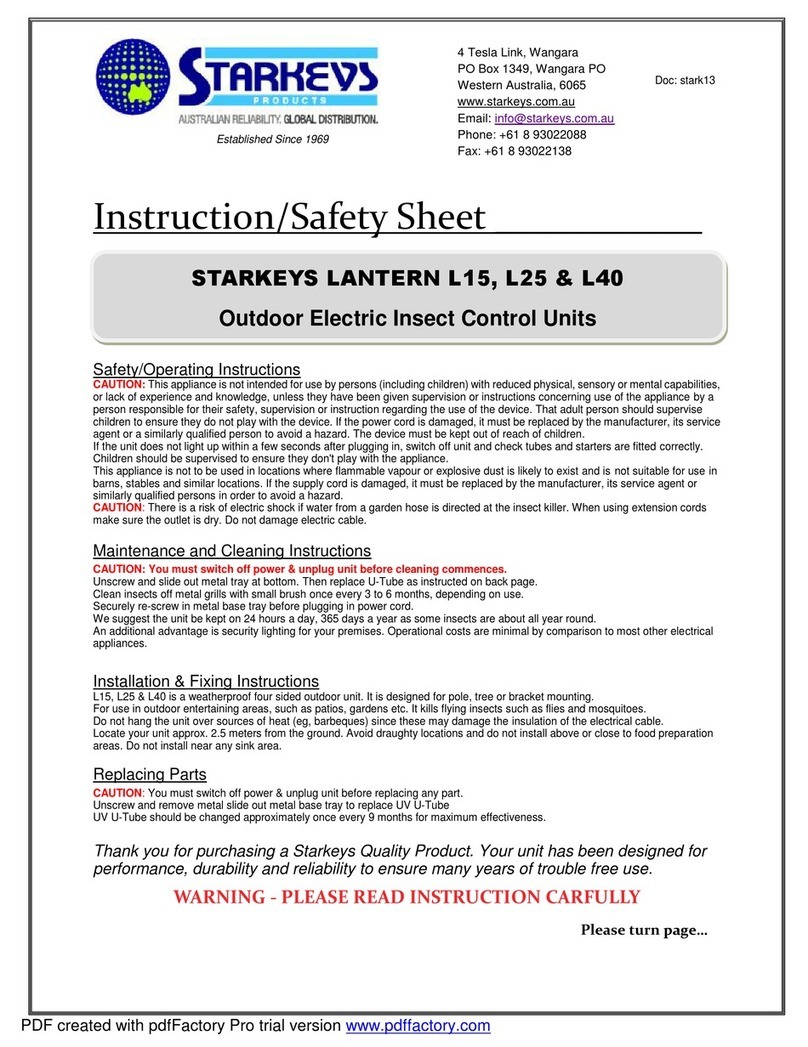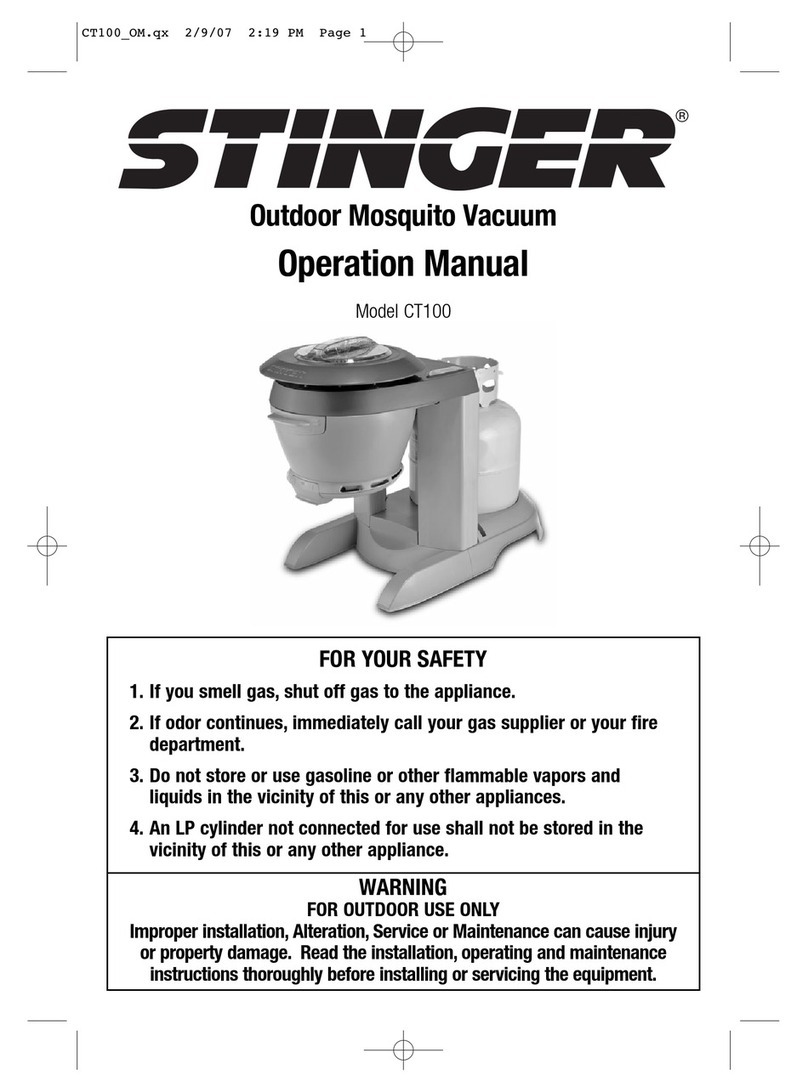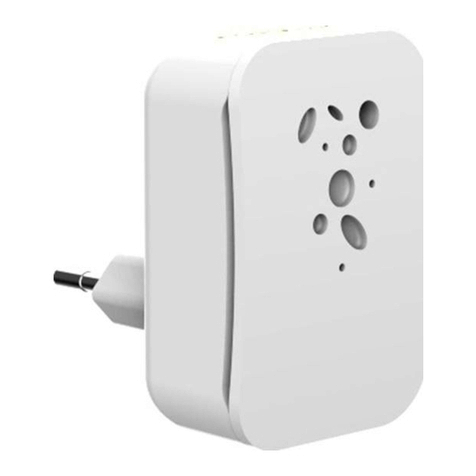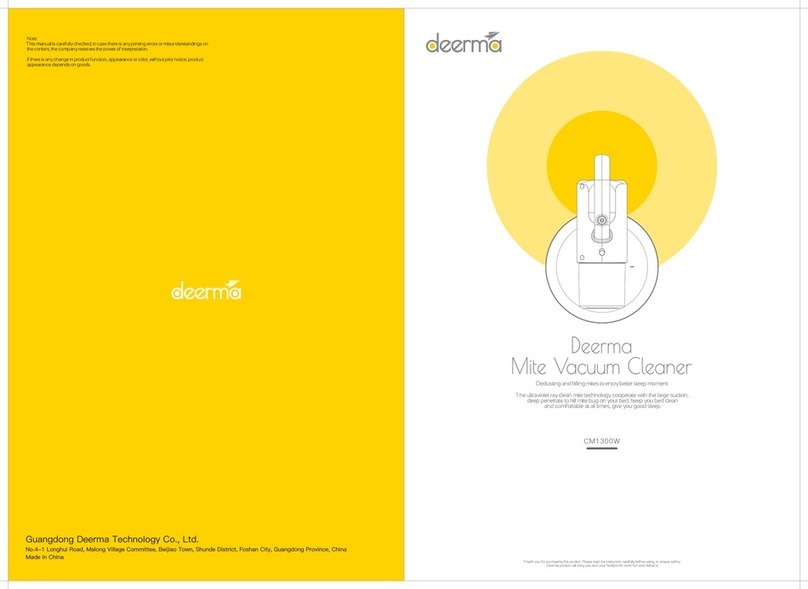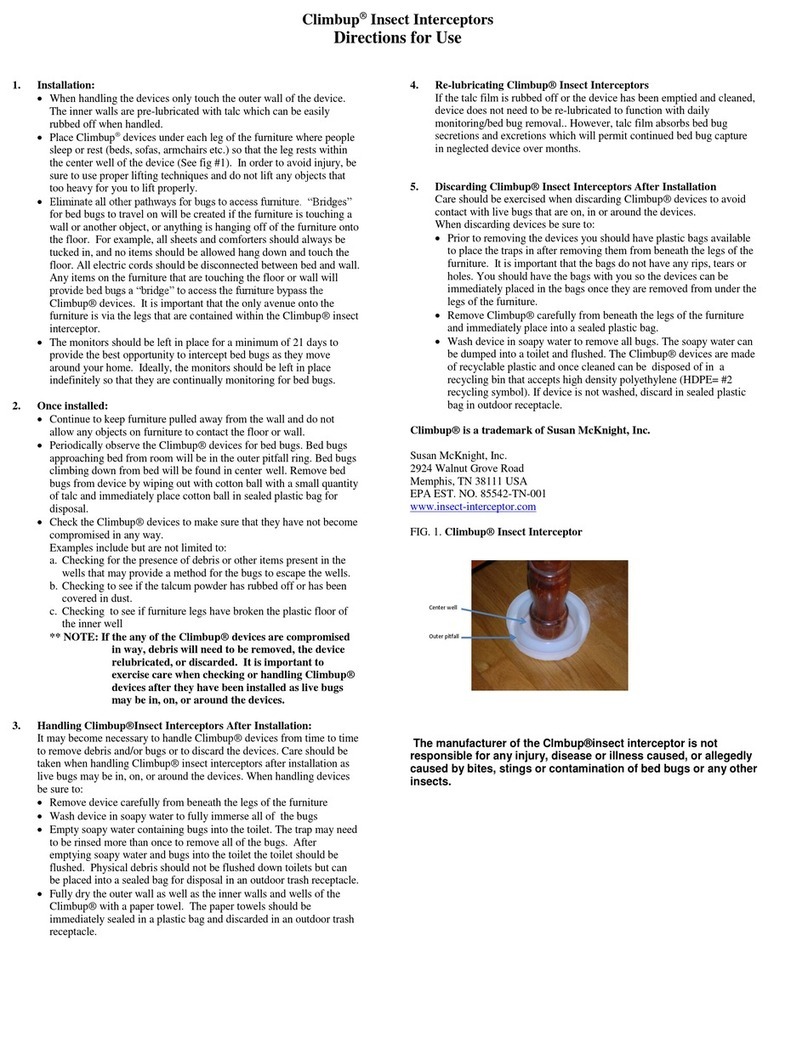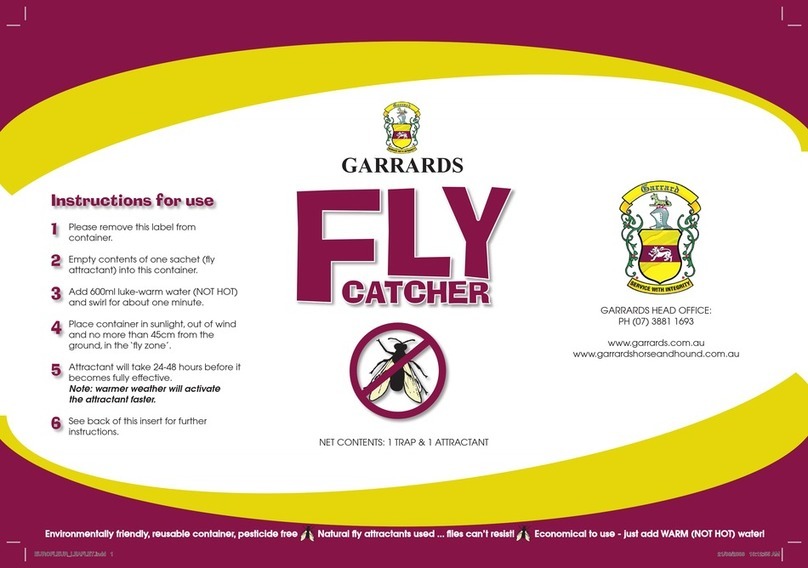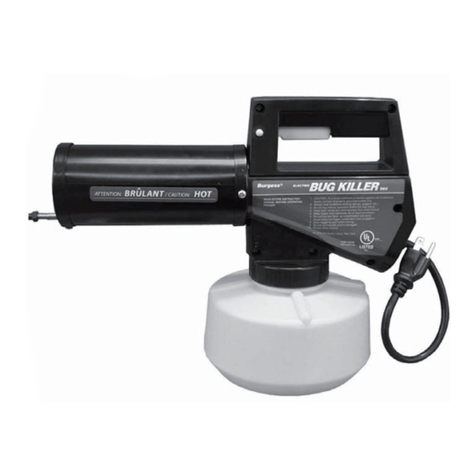
~7~
5. Safety Instructions:
● Please read carefully and understand this instruction manual before working
on or operating the appliance to avoid potential problems.
● Keep this manual. If the appliance is transferred, give the manual to the
new owner.
● Use the appliance only for the purpose it was designed for.
● ONLY educated and authorized persons are allowed to work with appliance.
● Before use, operators must be aware of all protection and safety measures.
● Persons with pace-makers should consult their doctors before operating
or servicing the appliance due to an electronic ignition coil in the start system.
● Before operation, make sure the appliance is fully and correctly assembled,
no damage and leaks, the sealing is in order. Do not fog if the appliance
is not running perfectly.
● When fogging, use protective equipment, proper respiratory protection,
protective gloves and ear protectors as applicable.
● During operation, never leave the appliance unattended.
● When carry the appliance with the carrying strap, the belt should be carried
on the same shoulder which carries the appliance. Not to cross the belt
over the neck.
● During operation, persons, animals or combustible materials must not be
in front of the fog tube.
● For portable use, carry the appliance with the fog tube pointing rearwards.
Hold the appliance horizontally or incline it slightly downwards. Walk
only forward.
● Outdoors you should fog in the wind direction, indoors fog in such a way
that you leave the treated areas through untreated areas in the exit direction.
Avoid such excessive spraying that could adversely affect your visibility
for quick exit.
~6~
● Follow the chemical supplier’s instructions for the safety and mixing of
chemical.
● Never apply a pesticides, desinfectant or odor counteractant at application
rates higher than what is the manufacturer’s specified.
● Never exceed quantity specified or formulation label instruction when
fogging within an enclosed space.
● When filling with gasoline, make sure the appliance is cool and there
is no spill.
● Avoid touching hot parts to prevent burns. After operations, allow
reasonable time for the appliance to cool down before further handling.
● Do not transport the appliance in closed vehicles while still warm.
● Do not fog combustible liquids into pipes or tunnels without ventilation
because of fire and explosion hazard.
● Always keep ABC fire extinguisher ready when fogging combustible
formulation.
● Smoking is forbidden when using fuel. Avoid exposure to open flame.
● Do not fog where there is a danger of dust explosion (e.g. grain mills).
● Never invert or upset appliance which contains formulation or fuel.
● Never ship the appliance with fuel or agent in the tank.
● Do not fog directly against walls or other fixed objects. Keep a distance
of minimum 3m.
● For stationary operation, ensure appliance is properly supported on a
horizontal surface.
● Always reattach safety devices when repair work is completed.
● Never modify the appliance.
